So you’ve decided to take the plunge into studying piano. Maybe it’s been a lifelong dream and now is the perfect time in your life to finally begin, or maybe you had lessons as a child and always regretted quitting. Or perhaps your children want to take lessons and you’d like to learn alongside them in order to help them with their practice.
Whatever your reasons for starting, it can be a bit tricky at first figuring out what instrument to buy. And there’s no one-size-fits-all answer – as there are many reasons for starting piano, there are also just as many options that may work for you. In this article, I’m going to show you the different options and the pros and cons for each and hopefully help you to narrow down the possibilities.
Acoustic or Digital
First of all, it’s best to discover if a digital or acoustic is best for you, then narrow it down from there to specific types. So let’s define these terms a bit: “Acoustic” refers to a piano that is strictly mechanical and does not require electricity to function. “Digital” refers to an electric instrument that attempts to imitate an acoustic piano’s sound and feel to varying degrees of success.
Acoustic Pianos
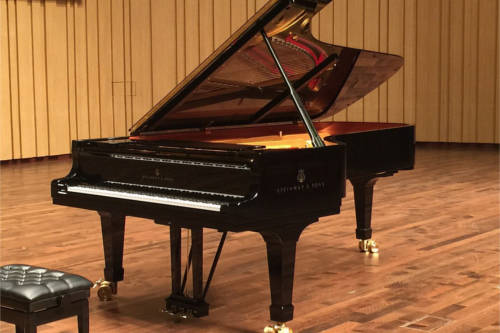 Acoustic pianos are the standard for the instrument, and so one could potentially have the best experience playing one of these – depending on the quality and if it is well-maintained. You have two main body types to choose from: upright and grand. Uprights are smaller and can usually fit into most homes fairly easily. The taller the upright, the longer the strings and thus the louder and potential for higher quality sound. Subsequently the shortest of the uprights, known as a “spinet”, is going to have a quieter sound and less depth of sound. However, whether you go with a 48” upright or a spinet, good quality instruments can be had at every level. So can bad quality, but more on this later.
Acoustic pianos are the standard for the instrument, and so one could potentially have the best experience playing one of these – depending on the quality and if it is well-maintained. You have two main body types to choose from: upright and grand. Uprights are smaller and can usually fit into most homes fairly easily. The taller the upright, the longer the strings and thus the louder and potential for higher quality sound. Subsequently the shortest of the uprights, known as a “spinet”, is going to have a quieter sound and less depth of sound. However, whether you go with a 48” upright or a spinet, good quality instruments can be had at every level. So can bad quality, but more on this later.
The other body type, grands, are the more luxurious looking of the two, in my opinion. It’s what you think of when you imagine a concert pianist, or what some dream of having in their living room someday. They are long, ranging from 4’ up to around 9’ long. The longer the piano, the longer the strings and the better potential for quality of sound as well as volume. They usually don’t have more keys than an upright (88 keys total), but there are some models that do add more notes in the bass. But generally, the width of the instrument will be roughly the same as an upright, it’s just the length that can be tough to contend with. But if you have the space, the action of a grand piano will generally be more satisfying than an upright action. They are different, and while beautiful music can be made on both body styles, a grand piano action is generally considered superior to an upright.
Here’s a summary for each body type:
Uprights
- Easier to fit into your home, having a much smaller footprint than grands
- Not as much of a focal point in a room – they can blend in pretty well with most other furniture
- Generally more affordable than grands. You can get a good used upright for $300 or maybe even free, but grands will generally cost $4,000 – $120,000 or more!
Grands
- Have a superior action to uprights
- Usually a better quality sound than uprights
- Generally a nicer style furniture-wise than uprights
- Expect to spend at least $4,000 for a very small grand
Digital Pianos
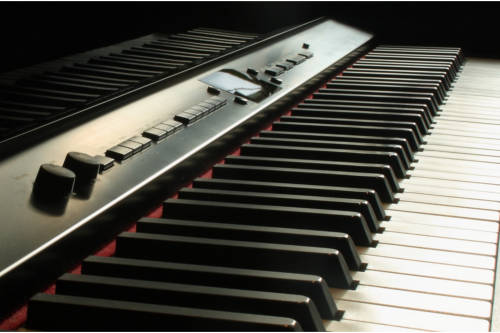 With all acoustics there are some drawbacks, and some of these may be deal-breakers for you. They require regular maintenance by a knowledgable piano technician or tuner. This means that at least once per year, or twice if your climate has big humidity swings, you will need to have a tech come out and tune the instrument and do minor adjustments to the regulation and pedals. Each tuning cost varies widely depending on your area, but expect it to be around $120 each visit. They also do need to be regulated, which is something that is less frequently done, or the felt over time on the hammers and bushings will pack down and need to be replaced. This can get quite costly, but well worth extending the life of your instrument and your enjoyment. Luckily, this isn’t needed very often – maybe 2-3 times over the life of the instrument.
With all acoustics there are some drawbacks, and some of these may be deal-breakers for you. They require regular maintenance by a knowledgable piano technician or tuner. This means that at least once per year, or twice if your climate has big humidity swings, you will need to have a tech come out and tune the instrument and do minor adjustments to the regulation and pedals. Each tuning cost varies widely depending on your area, but expect it to be around $120 each visit. They also do need to be regulated, which is something that is less frequently done, or the felt over time on the hammers and bushings will pack down and need to be replaced. This can get quite costly, but well worth extending the life of your instrument and your enjoyment. Luckily, this isn’t needed very often – maybe 2-3 times over the life of the instrument.
With a digital piano, you can literally plug it in and start playing. There’s no maintenance, or very little (there may be repairs from wear and tear over the years). For many pianists, this low maintenance factor is huge!
I live in Florida during the school year, and in Wisconsin during the summers. It’s hardly worth having an acoustic in my WI home when I’m only there 3 months out of the year. Not to mention the humidity changes during the year would largely be unregulated when I’m not around – wreaking havoc on an acoustic piano’s sound board. So having a digital is ideal for me when I’m up here.
Also, moving acoustics can be costly and generally better left to a professional piano mover. So if you need to move around a bit, an acoustic might not be the best piano at this time. Most digitals can be moved by 1 or 2 people fairly easily, depending on the body style (see below for info about body styles).
Another consideration is the sound. While acoustics can achieve the most satisfying piano sound available, it also carries through walls quite well. This can be a problem for those of you in condos and apartments. It’s not impossible, however, but it would most likely require you to have a conversation with neighbors not only next to you, but below and above you to work out any concerns ahead of time to find the best practice times that would work. You may be lucky and have some neighbors that want to play too, or have their own instruments or love piano and so it wouldn’t be a big deal. But it is often a concern. If you have neighbors that you know would hate it, then perhaps a digital would be a better solution for you.
Body Styles
Digital pianos also come in different body styles: console, grand, and slab or stage. The console digitals are ones that look the closest to upright pianos and will generally have the same footprint. The contain pedals – usually 3 but sometimes 2 – and also have built-in speakers and come with a bench and music stand, so you have all you need to play in one package – just plug in and power on. With grand styles, the manufacturer attempts to imitate the nice furniture styling of acoustic grands, although they won’t be as long – some even shorter than 4’. But like their console counterparts, they come with pedal, speaker system, bench, and music stand so you can plug in and power on and you’re ready to play.
The last body style, slab or stage, is the most compact of the digitals. These do not have a furniture aspect to them and look like just the keyboard part of the piano with some buttons. Stage pianos require you to purchase a stand to get the piano at a good height for playing, a bench, and the pedals are generally free to slide around, so you may need to rig up a means of keeping the pedal(s) from moving while you play. Some do not have any on-board speakers, so you’d need to provide some monitors to hear what you’re playing, or at the very least headphones. Most have a music stand, but usually it’s a very bare-bones stand that may not be adequate for sheet music and you may need to seek alternatives. But the stage piano is the most portable body style of them all – usually one person can move them, whereas the console or digital grands require at least 2 people to move, but they need not be professional movers like with acoustics.
Here are some of the pros and cons of digitals:
Pros
- easier to move than acoustics
- generally quieter than acoustics, and can be used with headphones for silent practice – although a person in the next room may still be able to hear the thudding of the piano action
- generally more affordable, ranging from $100 or free for used low-end to $10,000 for high-end hybrids (see below)
- no to very little maintenance cost
- smaller footprint overall than acoustics
Cons
- May have additional costs for speakers, bench, music stand alternatives
- Sound quality will be generally inferior to acoustics of good repair and quality
- Action will generally be inferior to acoustics of good repair and quality
- On-board speakers may be underpowered and may need to purchase separate monitors or get a better sound
What about “keyboards”?
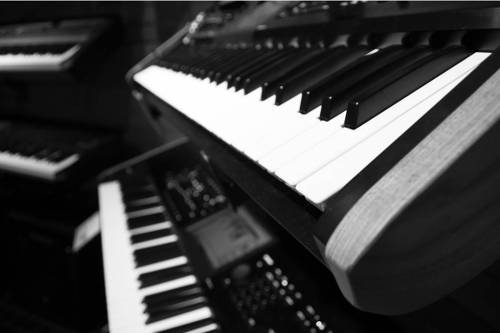 Now for one of the most often asked questions regarding purchasing a piano: Do I really need 88 keys, or will a smaller keyboard suffice? The answer certainly will vary from person to person. However, the fact remains that keyboards are not pianos. They are not trying to feel like a piano action even if they have a piano sound, and it is this difference in the feel that is most important.
Now for one of the most often asked questions regarding purchasing a piano: Do I really need 88 keys, or will a smaller keyboard suffice? The answer certainly will vary from person to person. However, the fact remains that keyboards are not pianos. They are not trying to feel like a piano action even if they have a piano sound, and it is this difference in the feel that is most important.
There are very few less than 88-key keyboards that actually have a piano feel. Most of these are actually more expensive than entry-level 88-key digitals, and many of them do not have as good of a piano feel to them to make it worth the investment. So unless you travel a lot and need to have something smaller than 88-keys, you are better off starting with a decent piano.
Most keyboards are not trying to replace a piano. They exist for the variety of sounds they offer, and are great for playing with a band where synth sounds or orchestral sounds may be needed, in addition to piano. There are several digital pianos that have lots of keyboard/synth sounds, and keyboards all have some kind of piano sound on them, but in general, digitals and keyboards serve two different purposes. A digital piano is primarily designed to mimic an acoustic piano, whereas a keyboard is designed to primarily play a wide variety of sounds.
If you decided to buy a cheap keyboard for the purposes of learning piano, consider that even if it’s the only instrument you ever play on and you never intend to play on a real piano, you will eventually encounter problems. That is because the feel greatly determines your connection with the sound. On a keyboard action, even if velocity sensitive, you will have a very hard time controlling dynamics properly when playing a piano sound. So unless you’re starting out lessons on a free keyboard, it’s best to first invest in a decent digital or acoustic that is affordable to you. Otherwise you will notice within a matter of a couple of months on a keyboard that you need to upgrade, so whatever money you spent on a keyboard will have been a waste.
Basically, if you want to play piano, get a piano. If you want to play keyboard, get a keyboard. If you can’t afford to purchase a piano outright, don’t forget used markets and also rental options at your local piano store.
Resources
For further details on what to look for in an acoustic or digital, I highly recommend you check out the Piano Buyer’s Guide where you can search for acoustic pianos and their MSRP for both Digitals and Acoustics. There are also great resources available at the Digital Piano Forum and the Piano Forum .
Of course, the decision ultimately lies within you. I find that whenever I’ve not gotten something I love, I do tire of it quickly. So no matter what advice you receive, or what you hear has the “best action” or “best sound”, the best advice I can give anyone who is searching is to make a list of priorities you have for an instrument, do some homework, go test out the one on your short list, and then buy the one you love the most that fits your budget.
That’s all to my very brief overview of the different kinds of pianos that are available to buy. What do you use to practice on? What’s your dream piano? I’d love to hear your comments below. Happy practicing!

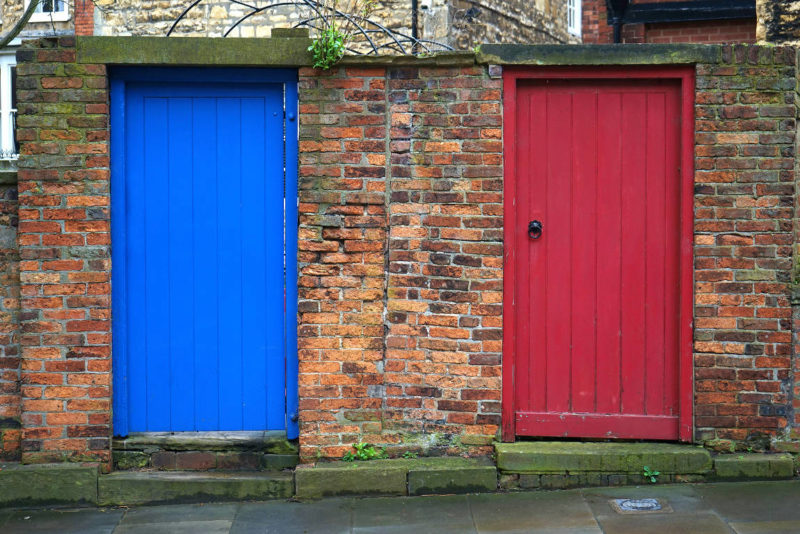
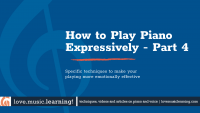
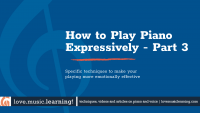
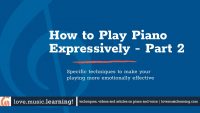
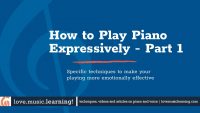


It seems that for a lot reasons, SIZE and PORTABILITY are most important. Unless you have a lot of room in a house, a full size acoustic is hard to dedicate the space for. The ability to move the piano around (a keyboard) is a huge plus for a lot of folks. Plus, you can always upgrade to an acoustic later.
That is true for many people. Digitals are coming along, but still it’s not quite the same experience as playing an acoustic. Kawai will be coming out with the Novus which has an Onkyo sound system. I’m pretty excited to see how that turns out!